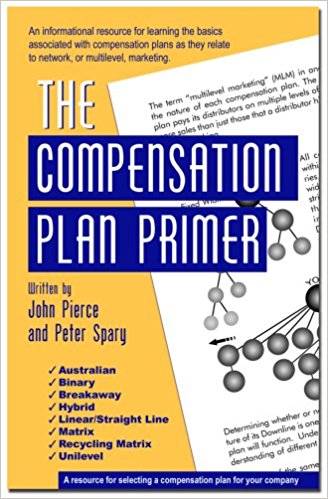
How do we make sure we get the best technology? There’s an easy answer: Avoid obsolete or outdated technologies.
Software engineering has come a long way in the last 20 years and new technologies have emerged. Still, there are MLM software suppliers who still use software built on a framework of old technologies. This creates problems with integrations, compatibilities, scalability, capacity, user experience and reliability.
Technology in perspective
There are technologies still in use today that act as barriers to progress, modernization, and system enhancement. These barriers may stand in the way of system capacity, scalability, access, processing speed, functionality, data security, and reliability.
However, you can’t take the term “old technologies” too literally. There are technologies decades old still in use today because they still serve their purpose. Examples include Java, Javascript, and HTML, the markup language for web pages.
When you talk to MLM software suppliers as a prospective client, you need to ask them what technologies they use. This is because there are still suppliers who market products using the same software on which they built their system 20 years ago.
The good and the bad technologies
Many technologies exist in modern software systems like MLM software. There are hardware infrastructure, cloud systems, system development tools, programming languages, database languages, communication systems, security systems, integration tools, and an array of specialized applications.
This makes it difficult to identify which technologies to avoid. We need to generalize.
The biggest deterrence may be suppliers who host their MLM software suite on outdated legacy systems – older IT systems. Their servers may not cope with the resource demands placed on them, and the software may not be compatible with modern technologies like third-party integrations, security, and encryption standards.
Beware systems built with hardware and software from different vendors. If these components add, assemble, or include custom components to prop up an older system, the patchwork will most likely fail to deliver.
Another question is the programming language used. ASP, .net, C (apart from C++), Cobol, Perl, Ruby, Visual Basic, Flash and Air, Pascal, and Cold Fusion are obsolete or destined for retirement. C++ Java, and Python are modern languages.
The database technology used may have limited capacity and can choke the system.
Apart from poor system performance and reliability, the risks with outdated technology include:
- Ransomware and malware attacks
- Business disruptions caused by outdated operating systems
- Malfunctions caused by the use of outdated web browsers
- Incompatibility with third-party integrations
The guiding principle may be a statement made by reflexerp.com: “The time for Band-Aid solutions is over – the time for modernization is now.
What technologies should suppliers embrace?
We can only identify the core technologies MLM software suppliers should use. A short list includes:
- Cloud-based technology which offers flexibility and reliability.
- XML Web Service APIs for third-party integrations.
- A modern programming language like Java, Javascript, C++, Python in addition to HTML and XML.
- Advanced net technology like ASP.net which form the basis reliability, scalability, and usability.
- Hosting technology including Data Center services, Network Services, Managed Systems, Compliance Services, and Disaster Recovery Solutions.
- A mobile-enabled system. With over 70% of people searching the web on a mobile device, a mobile adapted or responsive system is mandatory.
Finally, when you speak to an MLM software supplier, you should bring a tech-savvy person from your own team with you or have them on the call.
If you find value in this post and video, share it with others who may benefit.
Do You Know What It Takes to Launch Your Own MLM? Click Here to Discover the Secrets to Launching Your Very Own Network Marketing Marketing Company From Concept to Launch in JUST 10 Steps in 10 Days !!
More Resources For You:
Are you considering starting an MLM? Try a FREE 5 Day Demo of the Best MLM Software right here
Is Your MLM Software Company providing the LATEST in Privacy and Security?
Did This Help You? If so, I would greatly appreciate it if you commented below and shared on your favorite social media.

Robert Proctor's Blog
- Skype: multisoftrob
- Email: [email protected]
- Facebook: Facebook.com/robertmultisoft
- Office: +1-239-945-6433
- Mobile: +1-239-839-4904





